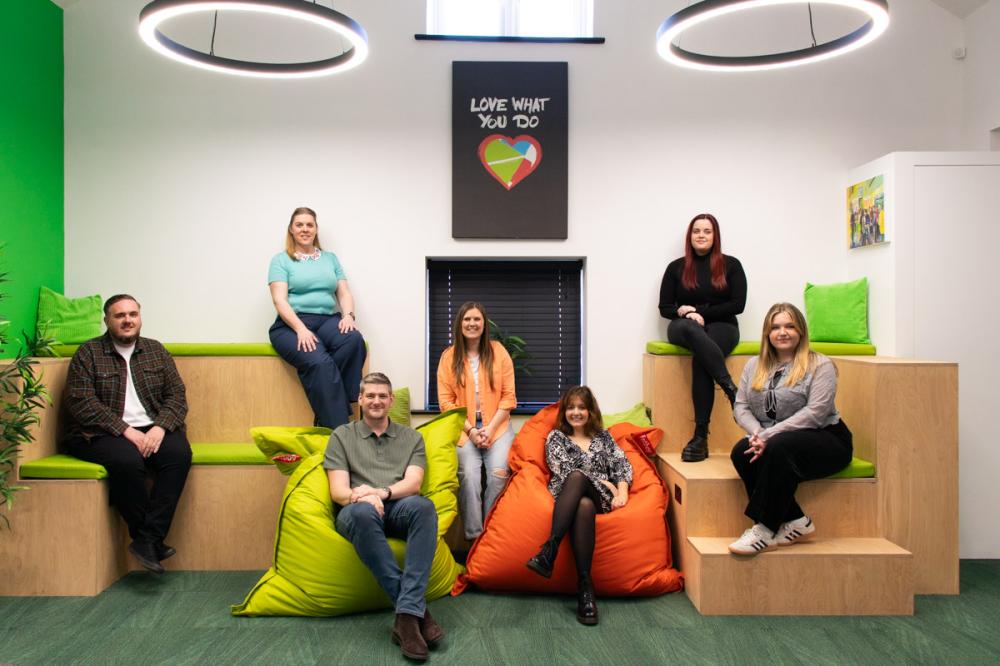Modular buildings are becoming increasingly popular in recent years, and it is no surprise why as they are easier to build, faster, and greener. You may have heard the term modular construction in passing, but not really understood what it meant. This post will go through what exactly a modular building is and how much it costs to make/buy one.
What Is A Modular Building?
Modular buildings are constructed off-site and assembled in factories. The construction process focuses on creating and replicating sections called ‘modules’. Once the modules are constructed, they are moved from the factory to their designated location. Modular construction has to adhere to the same codes, standards, and rules as traditionally built buildings. Modular buildings are no weaker than traditionally constructed buildings, and this is a myth that has no evidence to support it. There are two types of modular constructions; permanent modular construction and relocatable buildings. So, modular buildings are not made to be specifically mobile buildings, nor are they designed to be solely compact buildings. Modular construction can come in all shapes and sizes. Technology is rapidly advancing all the time and modular construction is a reflection of this as we look for bigger and better ways to construct buildings in the future.
How Much Does A Modular Building Cost?
Modular buildings can be constructed quickly and with minimal disruptions. It is hard to put a specific price on how much modular building costs as these will depending on the following factors;
-
Size
-
The type of materials used
-
The complexity of the design
-
Any amendments/customization options
That being said, a modular building can be up to 50% cheaper than traditionally constructed buildings. There are several reasons why the building costs are cheaper, for instance, there are fewer labor costs, no delays, less waste, and more affordable material costs. It is also a quicker process, with modular construction being around 70% faster to build than conventional constructions. This also makes it more affordable as you do not have to incur prolonged labor costs.
What Are The Benefits Of Modular Building?
There is a multitude of benefits that come with modular constructions.
Eco-Friendly
Modular construction generates less waste and there is greater flexibility for the reuse of materials. Also, it is easier to use sustainable materials in this style of construction as the need for raw materials is diminished. The eco-friendly element of modular construction is a key focus of big companies like Enviro BSL, as our current society is facing a huge global warming crisis. Another way that modular buildings promote eco-friendly habits is that the modular structure allows for improved air quality as the building is largely constructed in a controlled environment using dry materials.
Faster
As previously mentioned, the construction of modular buildings is far faster than those that use conventional methods. There are a number of reasons for this. First off, the construction timeline is reduced as modular buildings can be constructed off-site while work goes on simultaneously onsite to do the foundation work. Secondly, as most of the construction occurs offsite, this eliminates delays that are caused due to poor weather.
Smarter
Modular buildings are constructed in a far smarter way. The construction process itself is safer which leads to fewer workplace injuries and liabilities. Also, there are limitless design opportunities as designers and clients are not restricted to conventional methods. Modules can be designed to fit any building and can also be removed with ease.
The Two Types Of Modular Building
There are two types of module buildings, a relocatable building (RB) and a permanent modular construction (PMC).
A Relocatable Building (RB)
A relocatable building is designed to be reused and repurposed multiple times. These buildings can be transported to different sites and typically are used for schools, clinics, offices, construction site offices, and more. These buildings have been designed so that they are easy and quick to move.
Permanent Modular Construction (PMC)
A permanent modular construction is still designed offsite, however, these modules are built to be permanent fixtures. Whether it is as a whole project or to be fixed into a previously constructed building. Recent research has found that modular construction is a construction method that is effective, efficient and will be paving the way for further construction industry growth and creativity.
What Is The Difference Between Modular Construction And Traditional Construction?
Traditional construction methods have been in place for quite some time now. However, as our world progresses, we are thinking of newer and more innovative ideas all the time. One of which is modular construction. There are pros and cons to both construction styles.
Traditional construction
In traditional construction, the first thing you need to do is build and lay the foundations. This can take quite some time and only once this process is done can you then start working on the walls, roofs, and so on. This is already quite a lengthy process, and it is likely to be delayed by weather. Depending on where you are in the world, rain can be a big issue for construction, so if you live somewhere like the UK, you could endure weeks of delays just because of rain. What’s more, workplace injuries are more likely to happen on outdoor construction sites as there is less control over the construction site.
Modular construction
Modular construction largely takes place in a factory that has increased health and safety measures as they have more control over external factors than an outdoor construction site has. Also, modular construction goes a lot quicker as the foundations can be laid at the same time as construction goes on in the factory. Having these two elements happen simultaneously significantly speeds up the building process. The modular building is then transported to the site where the foundations have been laid and it is then fixed in place.
Modular building methods are faster, safer, greener, and smarter than conventional building methods. Their popularity is increasing at an impressive rate, which means in time the price of these buildings will go up. So if you are looking for an investment or simply a home to raise your family in, then now is the time!







